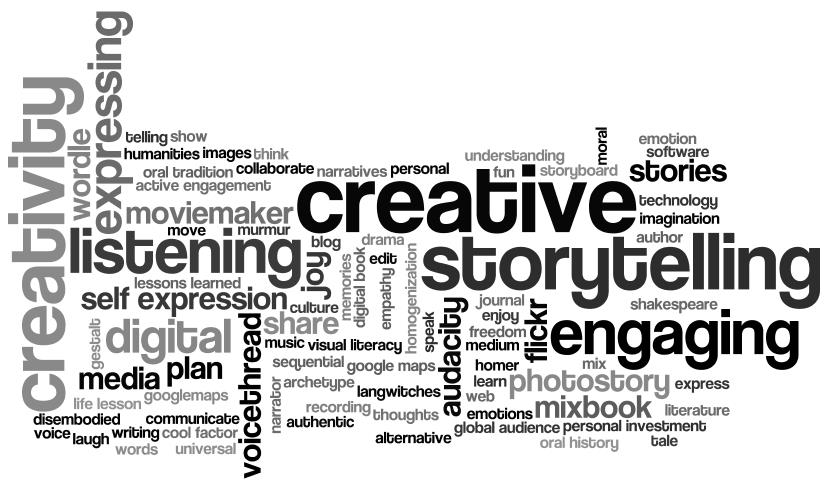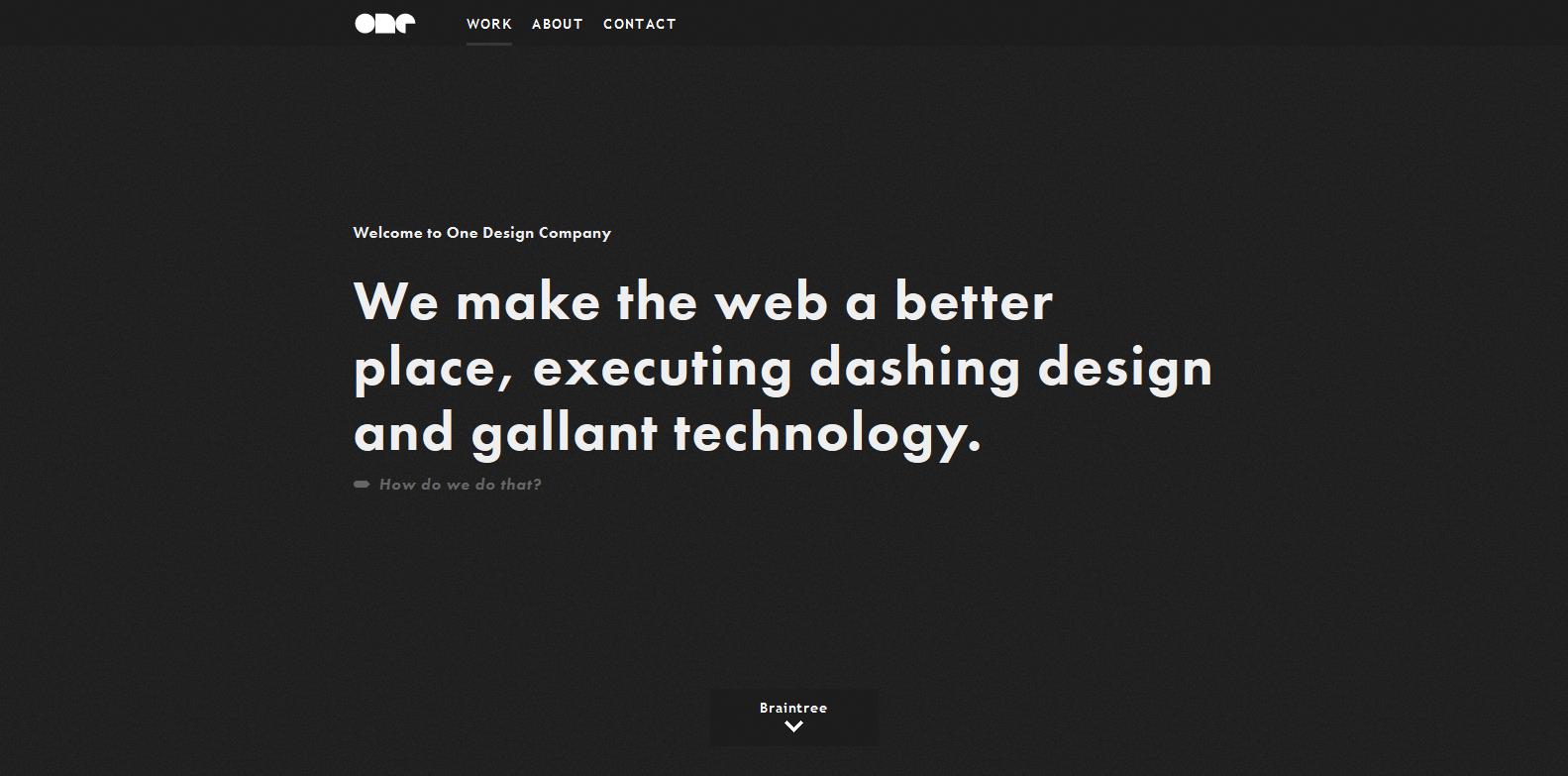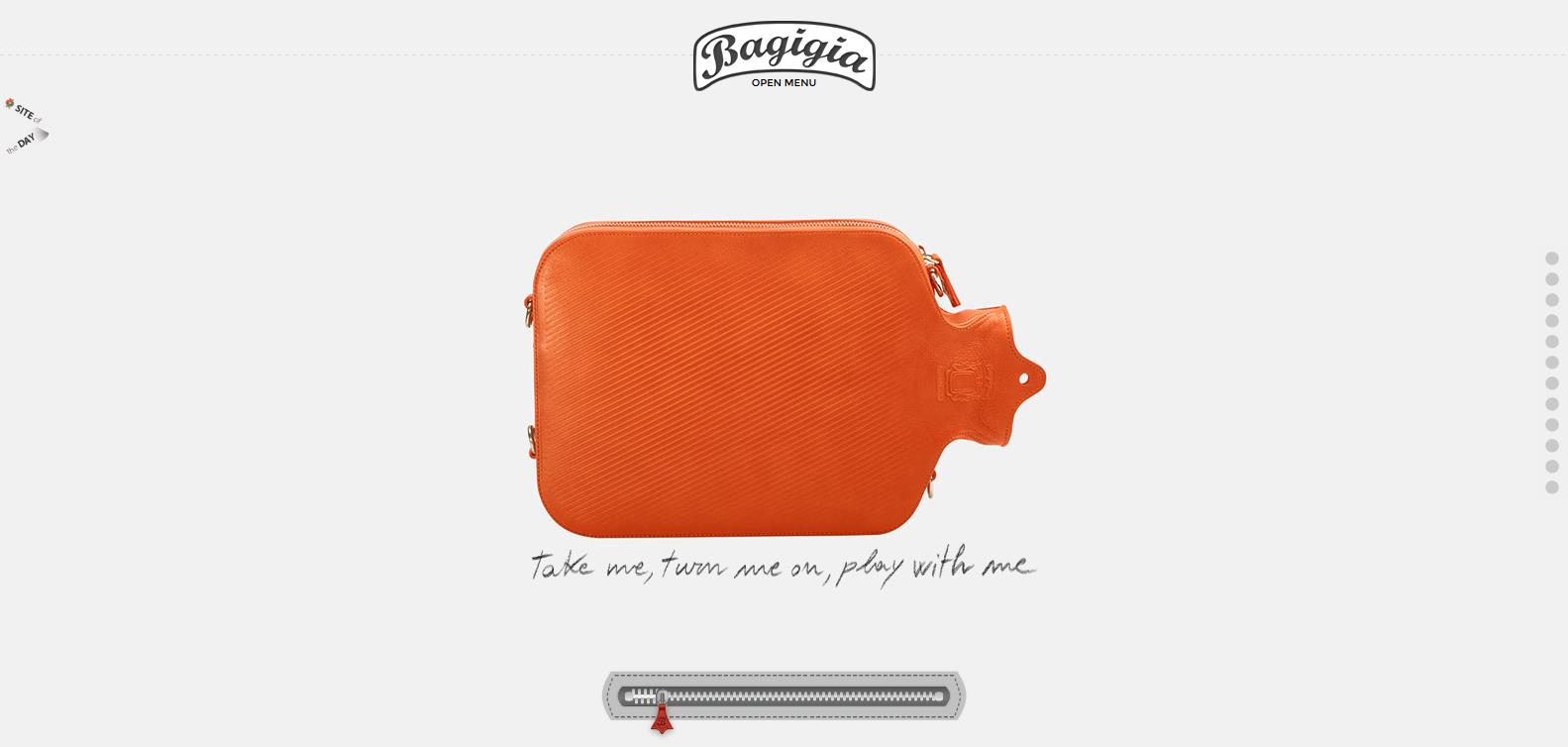The most popular websites on the World Wide Web are able to impressively convey information about their brand and what it stands for. This helps generate user interest in their brand and ensures the website message is delivered in a way that makes maximum impact on website visitors. They do this by using one of the most age-old and successful ways of conveying important information – Storytelling.
You still remember the stories of Snow White and the Seven Dwarves, Beauty and the Beast, Little Red Riding Hood because they were stories. You actually remember them so well that you know how the story starts, what takes place in between, and its end. You remember these stories so well because each one of them interested you, engaged you and made an impact on you. That’s what great stories are all about. Such stories stay with you for a very long time to come. This is the advantage of telling a story and also the reason why your website must also tell a story.

What’s Story Telling in Website Parlance?
No, you don’t start your landing pages, with ‘Once upon a time…..’ to storify your web design. In web design parlance, telling a story has a completely different connotation. Telling a story is about getting a website visitor from point A to B on your website in the most engaging manner possible, at the same time it’s also about making your design intuitive, which improves its usability. The journey between points A and B must be quick, effortless, and worthwhile. To put in a nutshell, if your web design makes people want to go through your web design, it must be telling a good story at some level or other.
So how do you tell a story with your web design? Let’s take a look:
You need to follow a creative designing approach that allows you tell a story that reads like an unputdownable novel. You need to work out each design element and make sure that all of them come together to pack a solid punch.
Conceptualize a Story that is True to the Website Purpose
The first step towards telling a story with your web design is of course conceptualization. What is the story you are putting forth in front of your visitors? Is it a story of your brand? Is it the story of your products and services? Is it a story about the value addition your brand and its products and services will create in the lives of users? First identify the kind of information that you want to put in front of your target audience and then create story concept around it.
Developing Content for your Story
Once you have worked out the story you wish to tell, it’s time to create content for the story. It’s easier to create content for traditional website designs because your content presentation and style is straightforward. But in this particular case, you want visitors to feel, they are reading a story.
The content up on One Design Company is a great example of how to tell a story. It’s Home Page has a banner headline and there is a question below the banner? The banner makes an impressive claim about the company’s web design services and the question prompts people to know why the company’s made that claim. Also the content on the site can be accessed vertically, as well as, horizontally, to ensure the website reads more like a story, than just a site offering information about a particular company’s services.
Working out the visuals
Color, Typefaces, and Images are the strands that will hold your story together. You need to put color psychology to good use to bring out the necessary emotion out of your visitors. Red is a color that must be used if you want your website to exude passion, excitement or raw energy; on the other hand if your website is offering information about the environment, then green can be your color choice. Green represents environment better than any other color can.
Typefaces are another design element that you need to get absolutely right. Like colors, different typefaces give out different vibes. So if you are telling a satirical story or a story that wants to exude humor, a font like Serif will be a good choice. If your site is offering website visitors instruction by way of its story, then an Arial font can be the apt choice. If you want to convey informality with your content and tell a story like you would tell to your friend, Sans Serif can be the perfect choice.
Imagery and that too the right kind of imagery can go a long way in telling the story you want to. Take a look at one of those websites that anybody would love going back to again and again:
The imagery of Bagigia is excellent because it adheres to a form of design minimalism that focuses visitor attention on just one image. This one image is the centerpiece of the story and is utilized to take the visitors through the various features of the bag.
While this website uses just one image and its various avatars to makes its points, as a designer you need to pick images that will help you tell your story in the best possible manner. You could pick one, two or even ten images, but they need to be able to tell a really good story.
That’s actually it. If you get your concept right, work out the right kind of content for this concept and use the right mix of color, typefaces and images, your will be able to create the right kind of online story, without any problems whatsoever. So all the best!


